Luke Sullivan’s Lessons to Creating Great Ads
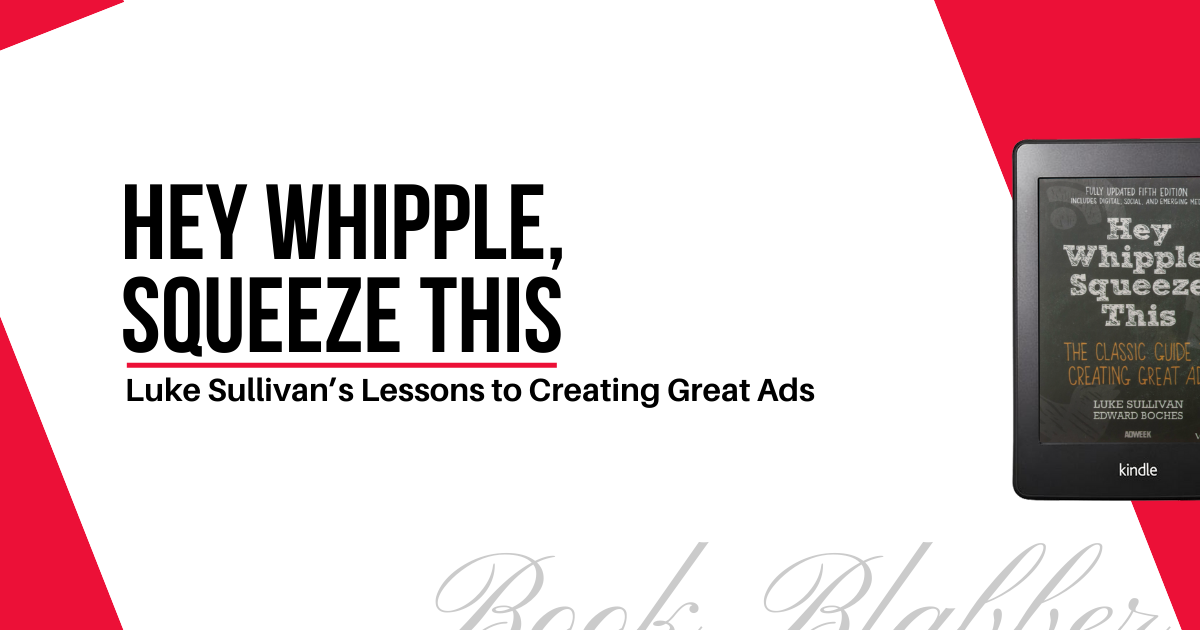
Luke Sullivan’s Hey Whipple, Squeeze This: A Guide to Creating Great Ads was a fun read throughout. Mr Whipple was a fictional store supervisor (or manager, you can say) who appeared in the ads of Charmin toilet paper. The ads were irritating, yet, successful.
The book is a textbook of ads, literally. You might collect a bunch of quotes for ads you’re creating. It's a book of text from ads, and also images; plus, links to some interesting campaign videos. And it’s among the best advertising psychology books.
Check Hey Whipple, Squeeze This on Goodreads
I’m listing the learnings and snippets from the book in this article. You can consider it Hey Whipple, Squeeze This summary, too. But much of it are just scattered thoughts you’d like to ponder upon.
Table of Contents
So, let’s check out the lessons and quotes from Hey Whipple, Squeeze This.
Basics about Advertising
1) Commercials needn’t sacrifice wit, grace or intelligence to increase sales.
2) It’s not just what you say that stirs people. It’s the way you say it. You’ve got to say the right thing in a way that people feel it in their gut.
3) Positioning is like finding a seat on a crowded bus. If your product isn’t in a definite category, you must de-position a competitor and take its place. You build your campaign to position your product in the vacancy. If you do it right, the straphangers won't be able to grab your seat.
4) Good advertising builds sales. Great advertising builds factories.
Also Read: The Boron Letters Summary: Your No-BS Marketing Guide
5) You can't sell a product to someone who has no need for it. You can't sell a product to someone who can't afford it.
6) To be a valued member of the team, be the second smartest person on the subject. Client is always the first.

About Being Creative
7) You're not writing a novel somebody pays money for. You're writing [ads] something most people try to avoid or remain indifferent to.
8) Sometimes, the best thing you can do for a client isn’t an ad. We need to change more than the attitude of customers. We need to change the behaviour.
9) Brands are assets. When writing for a brand, you're working with a fragile and extraordinarily valuable thing.
10) Inspiration visits whenever it wants. It’s random.
11) You must dramatize the idea in a unique, provocative, compelling and memorable way. And you must come up with a promise, a deal.

12) Create an elevator pitch, something that sticks. Tell the truth, maybe.
13) Make the brand stand for something. Cutting through the clutter needs simplicity. Find an objective and stick to it.
Tips to be Authentic
14) What people look for today, and what they believe in, and are persuaded by, is authenticity.
15) Before you put your pen to paper:
- Try competitor’s product
- Find the truth they're exploiting that you aren’t
- Develop a deep understanding of the client’s business
- Stay stupid enough not to think like the client
- Get to know the client’s customers as well as you can
- Read everything you can
- Listen to customer’s talk
- Ask yourself what would make you want the product
- Take a deep breath and sink into their world
- Imagine a day in the life of customer
- Imagine the buying process
- Study client’s previous work
- Look at competitor’s advertising
- Read award books, study sites, and take inspiration from the excellence
16) Being authentic doesn’t require the absence of an agenda; only transparency about it.
17) Spend as much time researching the problem as you do on solving it.
18) Satisfy the strategy, make it tight, and the idea can't be faulted. Vague strategies inhibit. Precise strategies liberate.
These advertising nuggets from Piyush Pandey might also come handy
19) To make an authentic ad:
- Use us vs them approach
- Show life before and after the product
- Tell story about the heritage
- Share smart advice about the category
- Narrate story of founders
- Convert perceived negative attributes to positive
- Prove product’s superiority
- Reposition to another category
- Be insanely honest
- Change what people do
Few Things about Conceptualisation
20) Ads are all around the edges of a product. What you need is to get to the ideas written right from its essence.
21) Identify and leverage the central conflicts, and build strategies on thematic or cultural tensions.
22) Find a villain, a powerful competitor to pitch yourself against.
23) To get the words flowing, sometimes it helps to simple write out what you want to say. Just say it. Don’t let the empty page intimidate you.
24) Stare at a picture that has the emotion you want to create. Let your subconscious mind do the work.
25) Allow yourself to come up with terrible ideas.

26) When the words finally start coming, stay on it. Ride the streak. Until an idea grows, don’t look for what's wrong. Look for what's right.
27) Just get the concept on paper and keep moving forward. Don’t talk about the concepts you're working on. Work, just work.
28) Don’t edit anything when you're coming up with the ads. Later, be ruthless. Cut anything that’s not A+ work.
29) Any idea that has something going for it goes on your wall. Reposition those to form clusters and keep looking for patterns. Come up with a lot of ideas. Cover the wall.
Check this out: Creative Process to Churn up 100+ Headline Ideas
30) The wastepaper basket is the writer’s best friend.
31) Look at your product and coax an interesting visual out of it. Visualise on the side. Upside down. Make its image rubber. Stretch your product visually, marrying it with other visuals and icons, and see what you get.
32) Learn what iconography is overused in the product category. Then, don’t do that. Get the cliches out of your system.
33) Focus first on the substance you want to say. Then, worry about how to say it.

34) Dramatize a customer benefit.
35) Move back and forth. Be loose. Be wild. Then, measure and analyse to see what works. Think it through before you do the exaggeration thing.
36) Interpret the problem using different mental processes. Put on different thinking caps.
37) Study the inverse problem and see where the opposite thinking leads.
- What the product doesn’t do?
- Who doesn’t need the product?
- When is the product a waste of money?
38) Metaphors aren’t always right the job. But when they're, they can be a quick and powerful way to communicate.
39) Don’t set out to be funny. Set out to be interesting.
Now, about the Copy
40) As cool as visuals are, most of the business on the planet is conducted with language.
41) An ad should make you want to run out and try the product. You should feel the fire.
42) Whether it's a big headline, a large visual or a single word floating in the white space, something has to dominate the ad.
43) When it comes time to write, don't just start spitting out headlines. Instead, explore different attributes and benefits of the product as you write.
44) Avoid using product or model numbers in the headline. They serve only as a speed bump.
45) When you write body copy, work hard at making it as smart. persuasive and readable as you can. Because people, even if a few, are going to read it. And the ones who do, you want.
46) Disciplined writing is not nilly-willy. It's a process. You don't get to great until you do a whole bunch of good. It's a part of the process.

47) Successful bands discover their own distinct voices and then stick with them year after year.
48) Write like you'd talk if you were the brand. At the same time, remember to write like you. Write with a smooth easy rhythm that sounds natural. But through it all, remember, you're selling something.
49) Pretend you're writing a letter. It's a good voice to use when you're writing copy. It's intimate. It keeps you from lecturing. The best copy feels like a conversation, not a speech. One person talking to another.
50) Put your most interesting, surprising or persuasive point in the first line you can.
51) If you have to have a tagline, make it an anthem. You can take the work you've got up on the wall and boil its essence into an evocative, provocative or anthemic tagline.
Something around Ideation
52) A quick-get is the first and most important thing an idea needs to have. But you also don't want your idea to be too quick of a get. If the fuse of an idea is too short, the idea goes off too fast. And when it's too long, nobody has time to wait for your idea to go off.
53) Every element you add to a layout reduces the importance of other elements. Conversely, every item you subtract raises the visibility and importance of what's left. Keep paring away you've the essence of the ad.
54) Visualise precisely how your idea is going to be viewed by the customer. It will have to work quickly.

55) If you can't reduce your argument to a few crisp words and phrases, there's something wrong with your argument.
56) It gets easier when you quit trying to come up with advertising ideas and work instead on coming up with ideas worth advertising.
57) Come up with an idea so good people would actually seek it out and watch it on-demand. Ask: Will people talk about this idea.
58) Coming up with a big idea is one skill. Recognising a big idea is another.
59) Do something you're not supposed to do. Break a rule; the more sacred the rule, the better. At every turn of the way, question authority.
60) Do something perfectly wrong. The key here is “perfectly.” To design something wrong is easy. A little wrong is no good, and a lot wrong is even worse. The idea must be in direct opposition to all prevailing wisdom.
61) Whatever you do, don't create something that's just okay.

62) Consider where a message or an experience from your brand would be seen less as an ad and more as a content.
63) Identify your most productive working hours and use them for nothing but idea generation.
64) The client doesn't necessarily want you to make an ad. What they want you to do is make something so interesting people lean it to see what it is.
65) Sometimes a reasonable approach to ads is probably not the best bet. Be stupid.
66) If you're stuck, relax. Stay loose. Breathe from the stomach. Just the simple act of physical relaxation will bring on new ideas.
67) No matter how creative you think an idea is, if it has no meaning to your audience, you don't have an ad. You may have art, but not ad.
It’s also about Quality
68) Whatever you're making, make it way better than it has to be made.
69) Bake quality so far into a thing that people who look at it perceive its quality subconsciously.
70) Start with the truest thing you can say about the brand. Start looking for conflicts that happen because of that truth.

71) If a thing bothers you even a teeny bit, you work on it till it doesn't bother you, and then you keep working until it actually pleases you.
72) Being stuck is a good sign. It means you have moved through all the crappy ideas and the okay ideas. You have passed the low-hanging fruit, and are now entering the cullying area of big, new thoughts.
Mindset and Attention
73) Think in terms of a community. Join your customers’ or create new ones by connecting like-minded people to each other.
74) Invitations promise a choice and are less intrusive than a targeted message.
Also read: 15 best Ogilvy advertising quotes
75) Your folks should be able to find and access the content where and when they're interested, not just when brands feel like spending money on media.
76) Collaborate. It leads to cocreation, sharing and possibly new creative ideas. Partner with creative people who aren’t in the advertising business. Take advantage of all the new media participants eager to have voice.
77) Unite storytellers and system thinkers to combine lucid thinking with innovation.
Read: Real World Stories to Unleash Your Creative Potential
78) Leverage ongoing conversations with concepts interesting enough to inspire the kind of content others will want to engage with and share.
79) A brand isn’t what it says. A brand is what it does, even in its advertising.

About TV Spot
80) Before you get too excited about selling an idea, make sure the client can afford it.
81) When telling a story, find one image and stay around it. Think simple. Don't worry too much about the production. Concentrate on the idea.
82) Solve the problem visually. Start with images. Stay with images. If possible, make the picture do all the work.
83) Don't say what you're showing and show what you're saying. It's better to have one track complete the other, or play off the other. The words and visuals can supply slightly different pieces of information, tracks that viewers can integrate in their heads.

84) The creative's job on a TV spot doesn't end with coming up with the idea. That's just the beginning of a long process. Make the concept great. Put in the hours.
About Radio Spot
85) Radio is visual. It lets you do impossible things. Post of scripts to the wall.
86) A sound effect is an interesting place to start. It can lead to a concept. Find a sound that has something to do with your product or category and play with it.
87) Make sure your radio spot is important, scary, funny or interesting within the first five seconds. You want your listener to get what's going on, immediately.
88) Once get an idea you like, write the entire spot before you decide it doesn't work.
89) Read your script out loud. The written and spoken words are different. You’ll hear things to improve that you won't pick up just by scanning the script.
90) Get a stopwatch and time your script. Read it slowly while you do. S-l-o-w-l-y.

91) Figure out the tone early. There may be approaches that aren't only more effective but cooler as well. Set out to be interesting.
92) A humorous radio spot is like a good stand-up comedy routine. You need to open funny and end funny.
Those are some of the Hey Whipple, Squeeze This quotes I could squeeze out for you.
Liked the collection?
Join Book Blabbers WhatsApp group to bond over books, memes and quotes.
Subscribe to Book Blabber's Bulletin to get book summaries, reading tips and occasional hugs in your inbox.

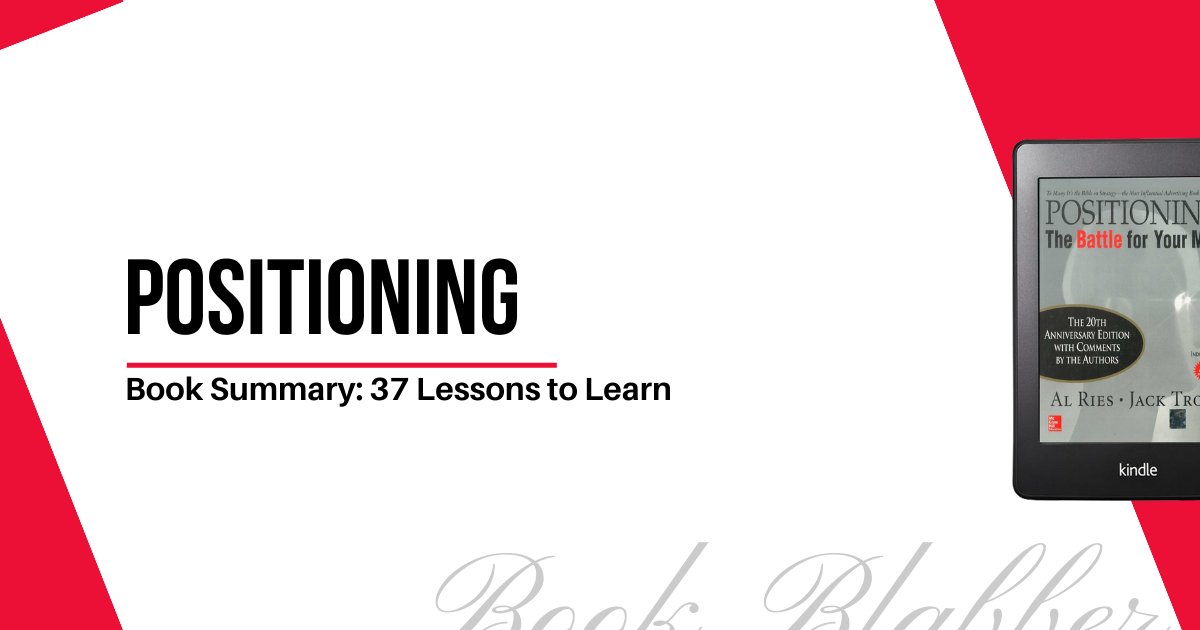
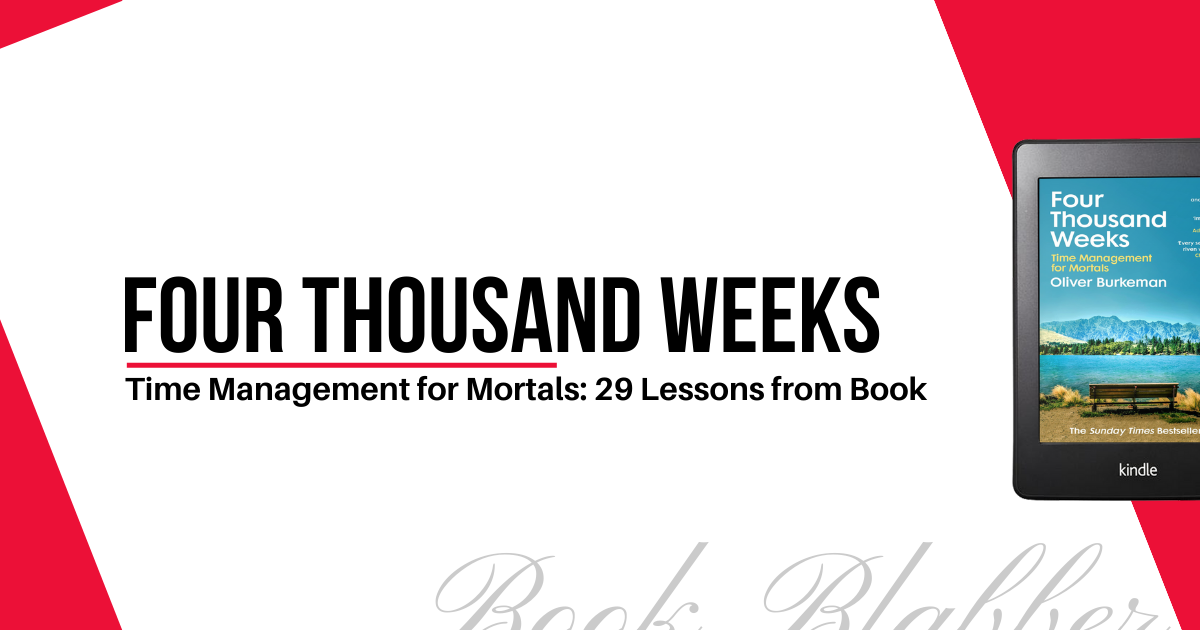
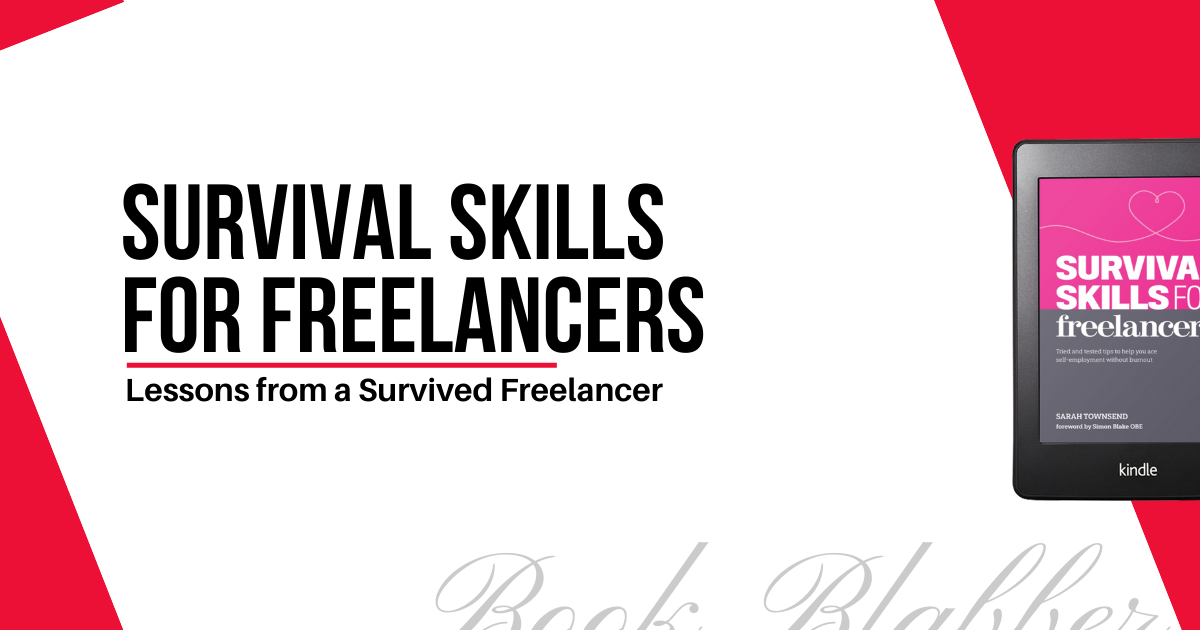
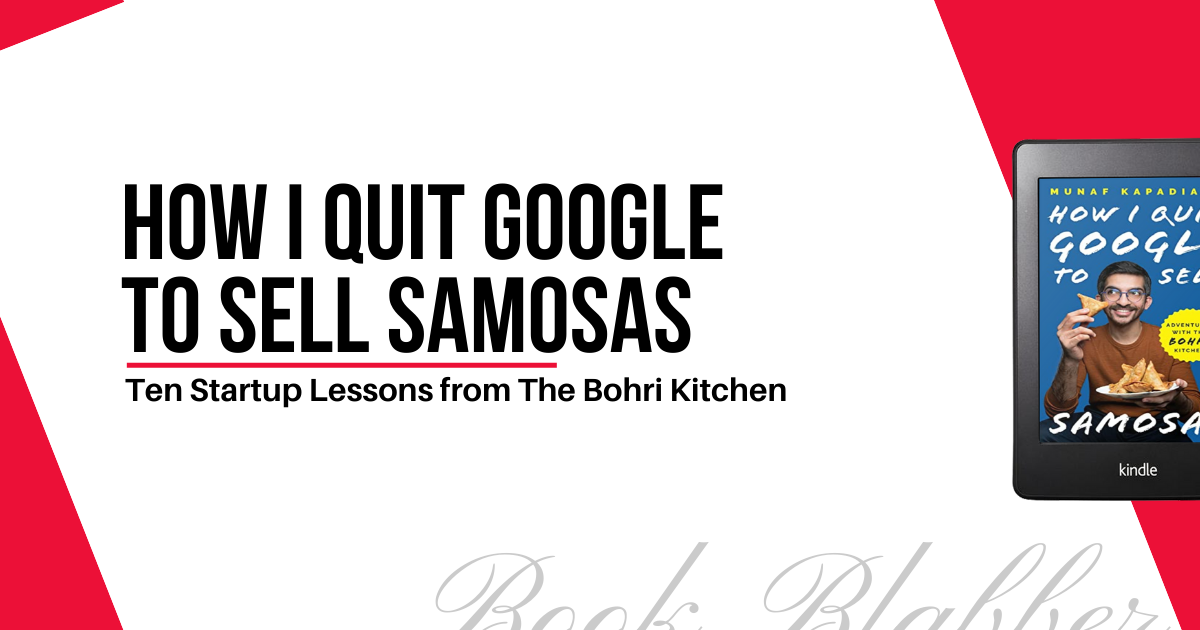

Comments